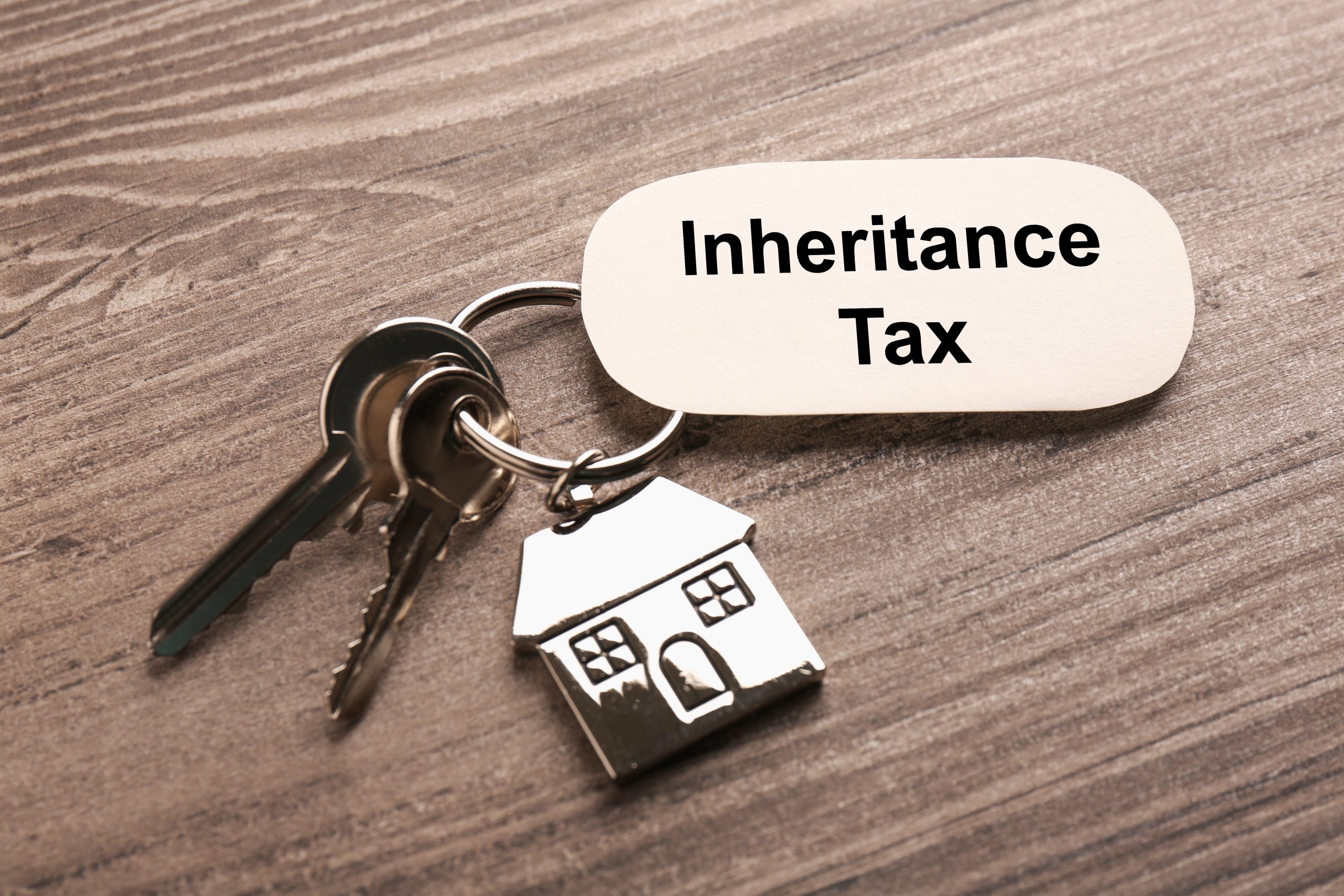Inheritance Tax Thresholds in the UK: A Guide to Wealth Preservation
When it comes to estate planning and wealth management, understanding inheritance tax thresholds is paramount. In the UK, these thresholds dictate the amount of assets individuals can pass on to their beneficiaries tax-free, and proper planning can make a significant difference in preserving your financial legacy. Let’s delve into the key aspects of inheritance tax thresholds and how you can navigate them effectively.
The Basics of Inheritance Tax Thresholds
At its core, the inheritance tax threshold, commonly referred to as the nil-rate band, currently stands at £325,000 per individual. This means that estates valued below this threshold are exempt from inheritance tax. For married couples and civil partners, the threshold can effectively double through the transferable nil-rate band, potentially reaching £650,000.
Leveraging the Residence Nil-Rate Band (RNRB)
Introduced in April 2017, the residence nil-rate band (RNRB) offers an additional tax-free threshold when passing on a main residence to direct descendants like children or grandchildren. Initially set at £100,000 per individual, the RNRB has been gradually increasing and currently stands at £175,000. When combined with the standard nil-rate band, couples can potentially benefit from a total threshold of £350,000.
Mitigating Inheritance Tax Liability
Estates exceeding these thresholds may face inheritance tax at a rate of 40% on the amount surpassing the threshold. To mitigate this liability, individuals can employ various strategies such as:
Lifetime Gifting: Transferring assets during one’s lifetime can help reduce the value of the estate subject to inheritance tax.
Trust Planning: Establishing trusts can provide flexibility and control over assets while minimising tax exposure.
Utilising Allowances: Leveraging annual exemptions, such as the annual gift allowance and small gifts exemption, can reduce the taxable value of the estate.
Charitable Donations: Donating to charity can reduce the taxable value of the estate, with any donations made during one’s lifetime or in their will exempt from inheritance tax. You may qualify to pay Inheritance Tax at a reduced rate of 36% if you leave at least 10% of your net estate to charity. Use the GOV.UK inheritance tax calculator here.
The Role of Professional Advice
Navigating inheritance tax thresholds and implementing effective strategies requires careful planning and expertise. Seeking guidance from professionals like Exchange Accountants can provide invaluable insights and ensure that your estate planning goals are met. Our expertise in tax planning and wealth preservation can help you navigate the complexities of inheritance tax thresholds and safeguard your assets for future generations.
In conclusion, understanding inheritance tax thresholds is essential for effective estate planning and wealth preservation. By leveraging available allowances, employing tax-efficient strategies, and seeking professional advice, individuals can minimise their inheritance tax liability and ensure that more of their wealth passes on to their chosen beneficiaries. With the right approach, you can navigate inheritance tax thresholds with confidence and secure a lasting financial legacy.
Contact us today to book a consultation call or meeting.




